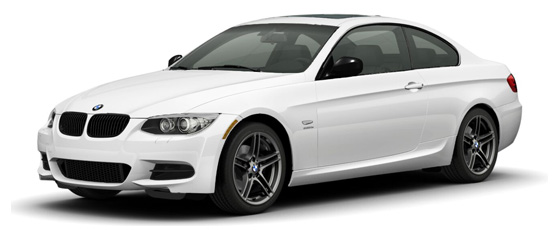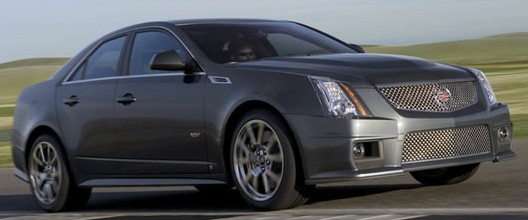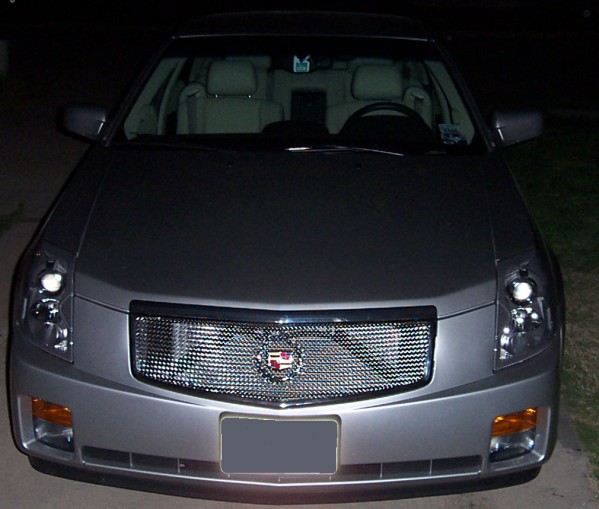Often the Cadillac CTS-V is compared to the M3 or to the M5, since these are maximum performance BMWs.
However, a new entry, the BMW 335is is now available. Trimmed with similar equipment as the standard equipped CTS-V, according to bmwusa.com it costs $57,675. The starting price for a already well equipped Cadillac CTS-V is $62K.
My 335is Coupe 3.0-liter, inline 6-cylinder engine with TwinPower Turbo technology rear-wheel drive. Base MSRP $49,650. Alpine White $0. Black Dakota Leather $0. Dark Glacier Aluminum trim $0. Convenience Package $1,500. Premium Package $2,650. Heated front seats $500. Navigation system $2,100. iPod and USB adapter $400. Destination & Handling: $875. Total MSRP as Built$57,675
The BMW 335is is a sport version of the 335i. By retuning the engine to give additional boost for short periods, BMW has created a sporting model that is more capable than the standard 335i but less expensive than the M3. The BMW M3 starts at $55K and quickly scales up from there.
Engine: The 3L Turbo Inline six is a nice engine and well suited for this application. It is significantly less powerful however than the CTS-V’s supercharged 6.2L engine which provides 556 hp and 551 lb ft of torque.
Braking: The CTS-V comes with Brembo brakes front and rear, and is track ready. The 335is can be made track ready by replacing the brakes with aftermarket units, at additional expense.
Suspension: The 3-series suspension has been well lauded, but is a conventional suspension. The CTS-V has the high tech MR, magnetic suspension that reacts hundreds of times per second to road conditions.
Reliability between these two is probably a toss-up. Cadillac reliability has been very good, and the CTS-V powertrain is bullet proof. The 335is engine is a new design or configuration. Both BMW and Cadillac offer a 48 mo, 50K mile warranty. Cadillac also includes a 60 mo, 100K mile powertrain warranty.
Maintenance: BMW includes 4 year maintenance in the price of the 335is. Maintenance on the CTS-V will be at owner expense.
Configurations: BMW offers the 335is in coupe or coupe convertible form. Cadillac currently offers the CTS-V in sedan (4 door), and will offer the CTS-V Coupe (2 door) beginning this summer. Cadillac does not offer a CTS-V Convertible.
Summary: When shopping between the BMW 335is and the Cadillac CTS-V one has to consider — are you after the pure driving experience? Then the CTS-V would be your choice. If you demand the cachet of the BMW, then a standard 335i or a low-option M3 might be better choices than the 335is. There may be a window in which the BMW dealers mark up the M3 above retail however, and the lower cost of the 335is just keeps it within budget, and a used M3 is out of the question for some reason. In that case, the 335is could be your BMW, and the Cadillac CTS-V would be the road not taken, that perhaps offered more.



